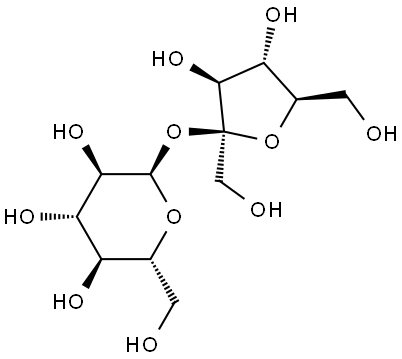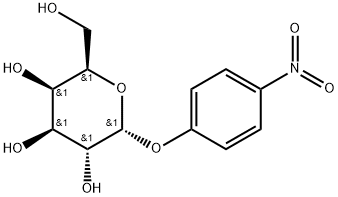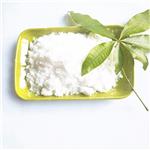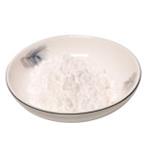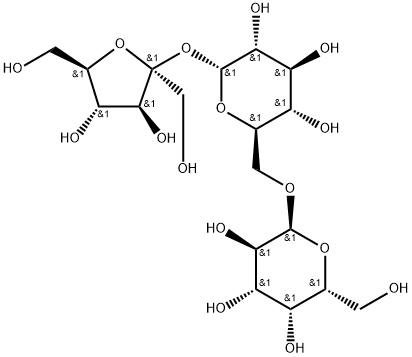
Raffinose
- Product NameRaffinose
- CAS512-69-6
- CBNumberCB5290712
- MFC18H32O16
- MW504.44
- EINECS208-146-9
- MDL NumberMFCD00006630
- MOL File512-69-6.mol
- MSDS FileSDS
Chemical Properties
| Melting point | 81℃ |
| Boiling point | 513.84°C (rough estimate) |
| Density | 1.81 |
| refractive index | 1.6760 (estimate) |
| storage temp. | 2-8°C |
| solubility | |DMSO : 100 mg/mL (198.24 mM; Need ultrasonic) |
| form | Solid |
| pka | pK1:12.74 (25°C) |
| color | White to Off-White |
| optical activity | 83.4 (anhydrous) |
| Water Solubility | 229.8g/L(25 ºC) |
| Stability | Stable. Incompatible with strong oxidizing agents. Combustible. |
| LogP | -5.104 (est) |
| CAS DataBase Reference | 512-69-6(CAS DataBase Reference) |
| EWG's Food Scores | 1 |
| FDA UNII | N5O3QU595M |
| EPA Substance Registry System | .alpha.-D-Glucopyranoside, .beta.-D-fructofuranosyl O-.alpha.-D-galactopyranosyl-(1.fwdarw.6)- (512-69-6) |
Safety
| Symbol(GHS) |

|
| Signal word | Warning |
| Hazard statements | H302 |
| Precautionary statements | P501-P270-P264-P301+P312+P330 |
| Safety Statements | 24/25 |
| HS Code | 29389090 |
